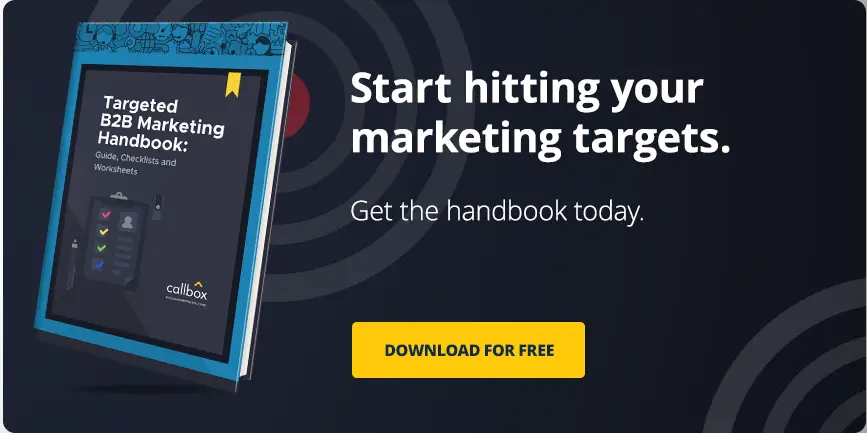Far from being just a hot places populated by kangaroos and emus, Australia is also home to topnotch companies that have a pretty good standing when it comes down to meet demands. Innovation in tech, healthcare, and financial services is what drives growth in the Land Down Under, and major B2B players are doing what they can in order to grow their outreach and get hefty slices out of their respective markets.
It is basically against the backdrop set by digital marketing that both veteran and startup enterprises are investing a great deal of time and resources in improving audience engagement. But besides from setting up a lead generation campaign or knowing which content should they put on their websites, these companies will also need to know a great deal from people who know a lot about making it big in the B2B world.
Here is a list of the top ten Australian influencers that matter right now.
Topping our list is one of Forbes Top 50 Social Media Influencers. Papworth built a name (and the reputation to boot) for herself as a lecturer on all things social media at the University of Sydney. Aside from her impressive experience online during the 1990s, Papworth is certainly your best bet to get started on social media. Her online classes are attended by thousands of students and professionals who are eager to learn more about crafting their presence on Facebook, Twitter, and LinkedIn. This makes her an important figure in the Australian B2B community.
Related: 15 Australian Blogs You Should Be Reading Right Now
If it’s internet marketing that you are seeking, Bullas is your guy that’ll get you what you need. Listed as one of 20 Top Influencers of CMOs by Forbes, Bullas started out his career back when Facebook was still in its formative years. But seeing the potential of this social networking platform had somehow animated Bullas to develop a fondness for online engagement. Now, he enjoys an impressive array of followers on both Twitter and Facebook – which is really not bad for an idea of a ten dollar startup.
Related: The Secret Ingredient in Turning Your Social Followers Into Qualified Leads
Brushing up on your blogging skills? Businesses couldn’t really separate themselves from blogging since it’s an activity that helps them become more visible online. It’s also an activity that takes a lot of. Just ask blogging guru, author, and speaker Darren Rowse. To him at least, popular blogs start out small and quickly become influential using the right techniques and methods. Here are the 12 Tools to Hack Your Content Creation Workflow [Plus Free Content Calendar]
Melbourne native Stuart Sterling is a marketing exec who takes his job seriously. Seeing how marketing can drive revenue and growth, he will never hesitate to share his insights on what needs to be done in order to make a good impression.
Related: 150+ B2B Tech Marketing Stats to Help You Plan for 2018 [Free eBook]
Her name might remind you of that world-famous wizard everyone’s talking about, but Heather Porter will tell you don’t need magic tricks to make marketing easier and more effective. At most times, you also need to craft effective digital strategies to truly make a difference.
Related: Top 5 Digital Marketing Tools: How to Use Them to Capture B2B Clients
Having 10 years’ experience in the digital marketing world isn’t exactly enough to make you an expert in that arena, right? Well, it worked differently for Carolyn Hyams who has rightly used this duration to absorb everything she could about online branding.
A veteran of the healthcare industry, Jenni Beattie now works to give everyone a heads up on the most effective ways to attract people through content. More importantly, she gives excellent advice on PR and how to attract the right people to your brand.
Related: The Difference with Australia-Specific Content to Generic Ones
As Managing Director of Walter Analytics, you can bet your bottom dollar that Neil Walter will give you the things you want to hear about advertising online. And putting importance on the role of analytics to marketing will eventually drive home the point that B2B is all about the numbers. The higher they are, the better!
With a focus on helping other businesses and individuals succeed, Raz Chorev is one entrepreneur you would want to have a cup of coffee with. Having worked with big names in different industries, Chorev is a master in giving sound advice for when you need to look for business opportunities online.
As a marketing exec, Alister Cameron has been active in the blogosphere as a consultant. His extensive experience in blog writing, SEO and, of course, social media has ‘made him an authority figure to businesses that want to spread their clout online.
Hosting an event soon? Seize the ultimate key to triumph with our latest free ebook. Elevate your game, boost registrations, and skyrocket turnout effortlessly. Get your copy for free.

![How to Make Sure Your Cold Emails Make it to the Inbox [VIDEO]](https://www.callboxinc.com.au/wp-content/uploads/2018/02/How-to-Make-Sure-Your-Cold-Emails-Make-it-to-the-Inbox-180x180.webp)
![5 Easy and Actionable SEO Tips for 2018 [GUEST POST]](https://www.callboxinc.com.au/wp-content/uploads/2018/02/5_Easy_and_Actionable_SEO_Tips_for_2018-180x180.webp)
![4 Ways to Get Past Gatekeepers and Reach Prospects Every Time [VIDEO]](https://www.callboxinc.com.au/wp-content/uploads/2018/02/4-Ways-to-Get-Past-Gatekeepers-and-Reach-Prospects-Every-Time-180x180.webp)

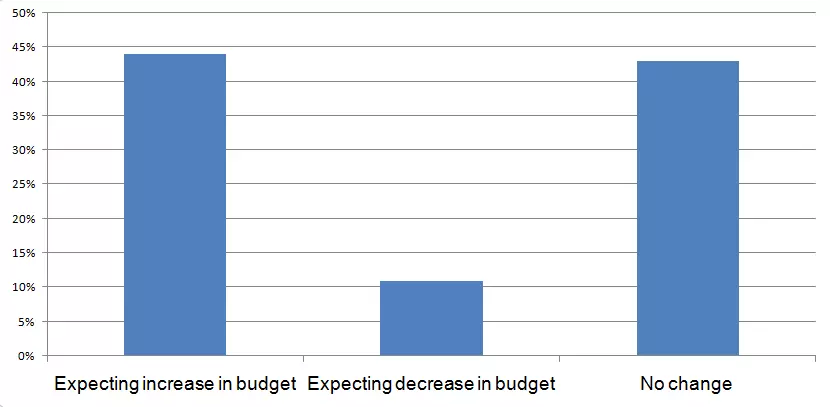
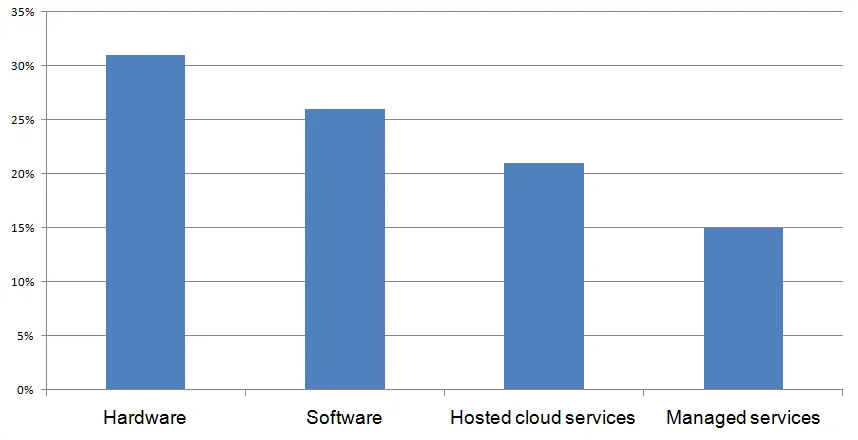
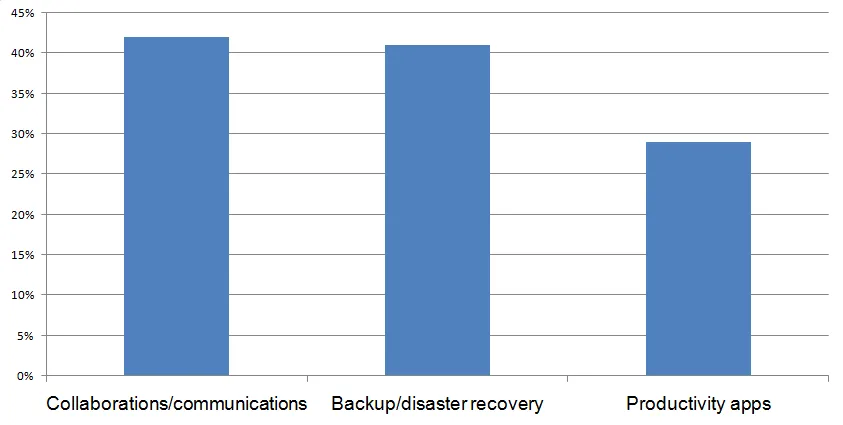

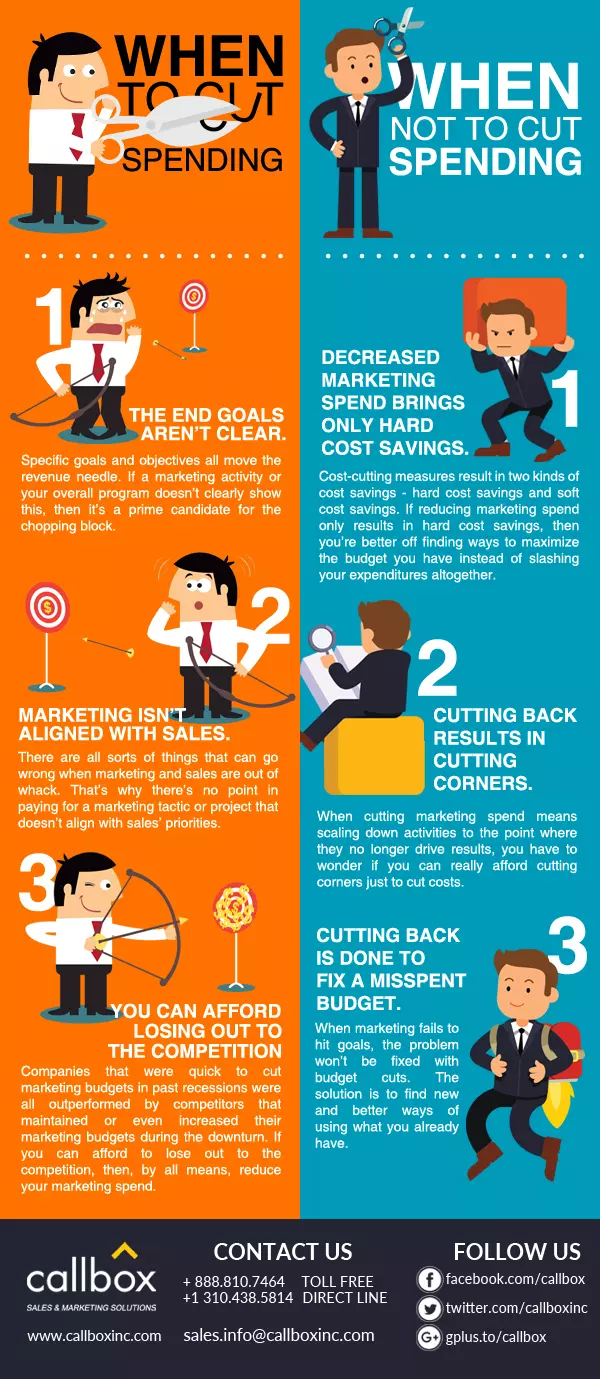
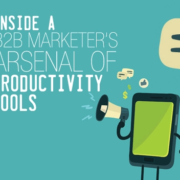



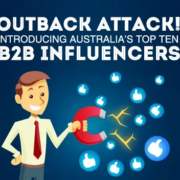










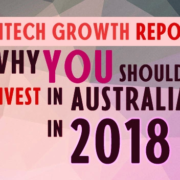
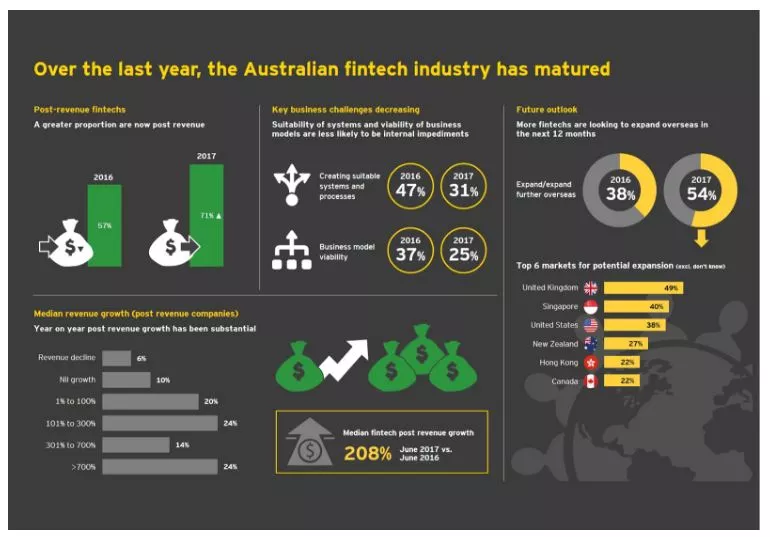
![150+ B2B Tech Marketing Stats to Help You Plan for 2018 [Free eBook]](https://www.callboxinc.com.au/wp-content/uploads/2017/12/BLOG-Software-Tech-Marketing-Stats-to-Help-You-Plan-for-2018-1-180x180.webp)



















